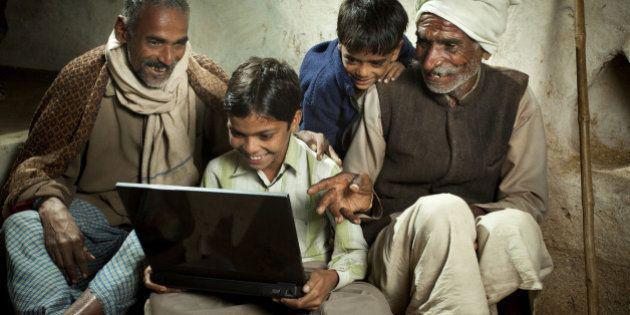“Insight is the bedrock of innovation.”

My friend Ravi was in a nostalgic mood. He remembered the beautiful, new Japanese motorcycle his uncle bought in 1982. Ravi’s uncle loved the bike for as long as he had it. But he had two complaints. First, the mileage was terrible. Second, the rear shock absorbers were as hard as rocks! His uncle felt sore after each ride.
The mechanic tried many things to solve the problem. Eventually, he added a foam-filled seat cover to negate the shock absorbers’ rigidity to some extent.
Turns out, many owners of the same Japanese motorcycle compensated for the rock-hard shock absorbers by taking the same step.
This is a classic example of compensating behavior: when customers do something to make a product fit for use or overcome an issue they face while using it. It indicates that the product or service either doesn’t meet all their needs or presents challenges or friction points.
We see instances of compensating behavior everywhere. People struggle to rest their spectacle frames on the bridge of their noses. They use covers for their mobile phones to save them from damage. Or they double stack coffee cups to avoid burning their hands with hot coffee.
Addressing such behavior helps businesses and brands build customer goodwill and loyalty, which translate into better top-line and bottom-line. It can also lead to innovation in the form of new products and categories that enhance customer experience.
For instance, many customers of Fino Payments Bank are daily wage earners, who are generally hard pressed on time, had to walk long distances to withdraw money for their daily needs. So, the bank developed merchants as Banking Points and allowed customers to search for such merchants, book their cash transactions, and withdraw, deposit and transfer cash in the exact denomination within minutes through the Cash Bazaar feature in its app.
Customers could now find cash facilities nearby and save time they otherwise spent hunting for ATMs. As a result, the Fino Payments Bank’s app usage rose significantly.
But compensating behavior is often not as easy to pick up, especially through traditional market research approach.
Here’s why.
Traditional market research unearths the needs that customers can articulate, not the invisible ones. And as Ferdinand Fournies noted, “People are sloppy communicators… they don’t know how to accurately say what they mean.”
People can’t “accurately say what they mean” because the challenges or friction points often get so deeply embedded in their lives that they fail to notice them.
This begs the question: How can you identify and address challenges that customers don’t even know they face?
The answer?
Don’t Ask. Observe.
By observing as an outsider, you come across “Aha!” moments that traditional market research may not be able to provide.
When you identify and compile such compensating behavior, you can decide which behavior to prioritize in order to make your customers’ lives easier.
Apple did this despite Steve Jobs’ oft quoted (and misunderstood) quip, “Customers don’t know what they want.”
The iPhone’s product managers made Steve reject AT&T’s customary offer to buy all handsets outright and sell them to customers on their own because the product managers wanted to talk to customers directly. It would be safe to assume that this was the beginning of mobile ethnography.
Intel’s customers, by contrast, were spread far and wide across the world, including in the remote villages of India. So they hired anthropologists, or ethnographers, who made Intel see the world through their customers’ eyes.
These ethnographers informed Intel’s engineers that many Indian villages suffered from a lack of electricity. This led to Intel designing laptops with longer battery lives and dust-resistant cases.
The ethnographers also shared that Indians loved watching photos and videos together but found it tedious to connect the laptop to a larger television screen. So, Intel created Intel Wireless Display technology that wirelessly relays laptop information to a television screen.

Summing Up
By observing what customers need, companies go beyond focusing on their own solutions. They address functional and emotional jobs that customers want the products to fulfil.
In the process, they can unlock the doorway to new product lines and categories, innovate to impact customer behavior, and disrupt the industry. What are some of the compensating behaviors in your customers? What have been your key insights? We would love to hear your stories.
